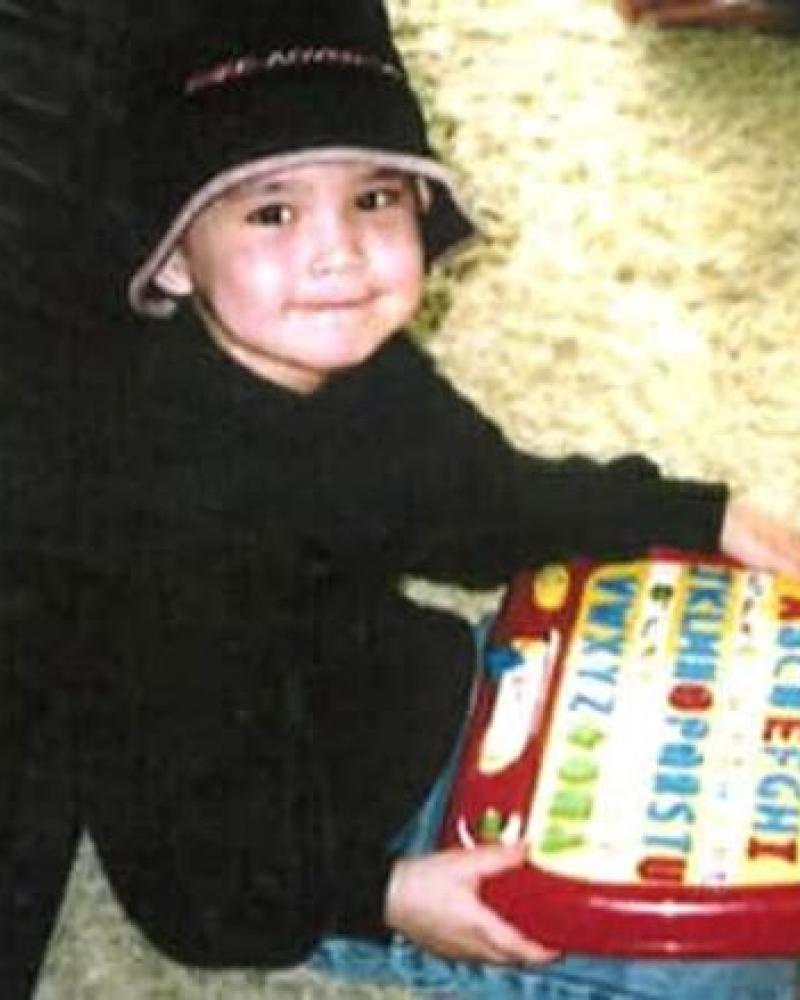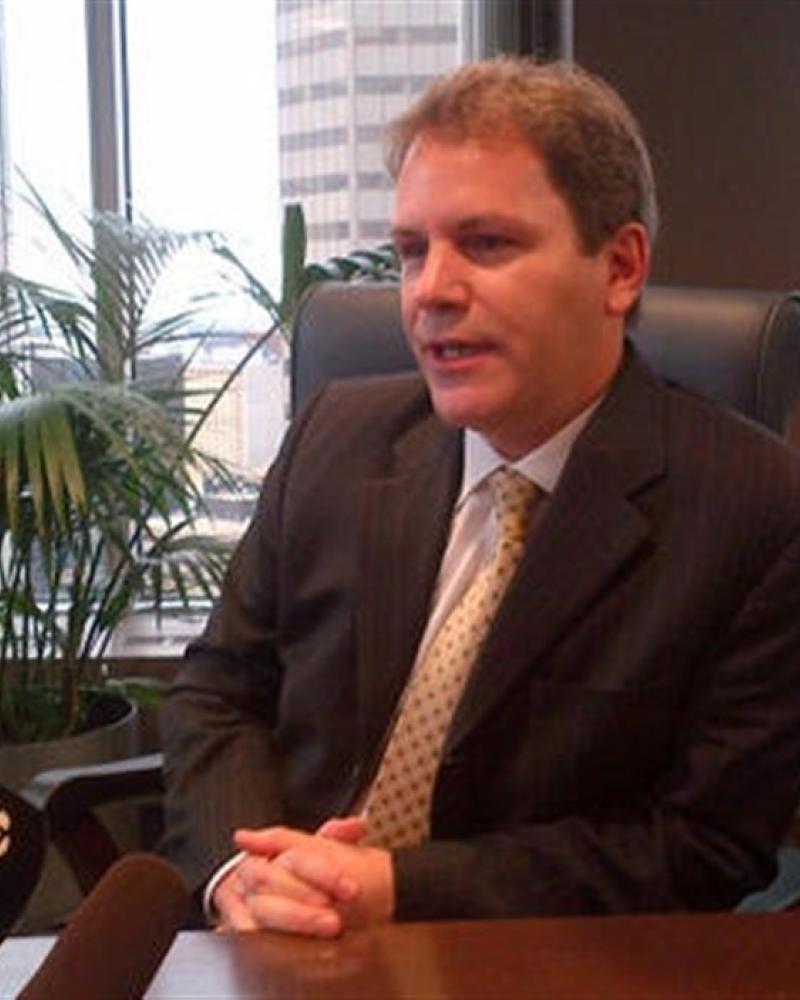The Following is from an article written by: Bryan P . Schwartz & Shira Bran
Bryan P . Schwartz & Shira Bran
Shira Brand (SB): To start off, could you describe your practice for us, generally? We have an idea, but I want to hear more about what
you do.
Kris Saxberg (KS): I am a civil litigator who also practices administrative law. I am an advocate for our firm’s clients in whatever venue is out there, depending on the matter. If it’s a civil matter, it means advocating in the Court of Queen’s Bench [now King’s Bench] or Court of Appeal or all the way to the Supreme Court [of Canada]. If it is an administrative matter, then we’re dealing, for the most part, with arbitrators or tribunals and it’s much the same process, but with more flexible rules. Generally speaking, I do oral advocacy whereby there is a finder of fact who’s going to determine the ultimate outcome of the case.
SB: Is there a specific area you do more of? We saw on the website it said that you do labour and employment or stuff like that.
KS: Yes, our firm is very involved in child-protection work. A lot of that work relates to Indigenous child-welfare agencies. So, in that
context then, I do child-protection hearings and child-protection appeals. There are also administrative procedures, like foster-parent
Interview conducted by Bryan Schwartz and Shira Brand. Kris Saxberg is a partner at Cochrane Saxberg Johnston Johnson & Scarcello LLP. He studied law at the University of Manitoba and was called to the Bar in 1999. Kris is an experienced trial lawyer who has argued at the Supreme Court of Canada, the Federal Court of Appeal, the Alberta Court of Appeal and in all levels of court in Manitoba. He has acted, and continues to act, on behalf of many Indigenous organizations, including indigenous CFS Agencies, advocacy groups and political organizations.
We also represent many Indigenous communities in advocacy work. It’s probably easier to just explain the bigger cases that I’ve done. I’ve done inquiries: the first one was the Monnin Inquiry, way back when, about the vote-rigging allegations in the Interlake.
After that, we did the Phoenix Sinclair Inquiry.
In terms of big Indigenous cases, for many years, I handled the Kapyong Barracks litigation and then negotiated a settlement, ultimately. I was one of several legal counsel for the different Treaty 1 First Nations that negotiated a Comprehensive Settlement Agreement regarding what was formerly referred to as Kapyong Barracks in Winnipeg. One of the biggest cases I did was a civil case against MTS, which is now Bell MTS.5 That case was a case about pension surplus, which surplus ultimately wound up being worth $140 million, awarded by the Supreme Court of Canada, after a fifteen-year litigation. Those types of big cases tend to occupy much of your practice for a long time.
SB: Before COVID hit, I am curious to know how much of your practice was online and how much was in person.
KS: To give you some background, our firm – which now has about twenty-two lawyers – arose out of the split-up of a previous still existing firm: D’Arcy & Deacon [LLP].6 When that happened, it was 2016, and when our firm started – we basically started January 1st, but became an official separate firm on June 30th, 2017 – we thought about these things: should we be a firm that is more technologically savvy and a firm that is not traditional? We really liked the idea of having an office place where you don’t have permanent offices, you have hoteling. That would mean you might have, say, twenty lawyers, but ten offices and they all share those ten offices and the boardrooms, but they’ll work from wherever otherwise. So, we had that notion and that was something that we wanted to aspire to. So, we set up as being a firm that was set up on the cloud. Rather than having what a lot of firms had in the past, which was remote access to your server from home, we became one of the first firms – at least that we’re aware of – to have all of our files on the cloud. So, when all of your files and servers are on the cloud, then you can work from anywhere that you can access the internet. That’s quite different from the old system that we had under D’Arcy & Deacon [LLP], where it was this private, remote inline, which was very unfriendly in terms of its interface; it was very difficult to use. So, when we set up this new firm, we went to this idea of using the cloud and having hoteling.
Read Full Interview in the PDF below









